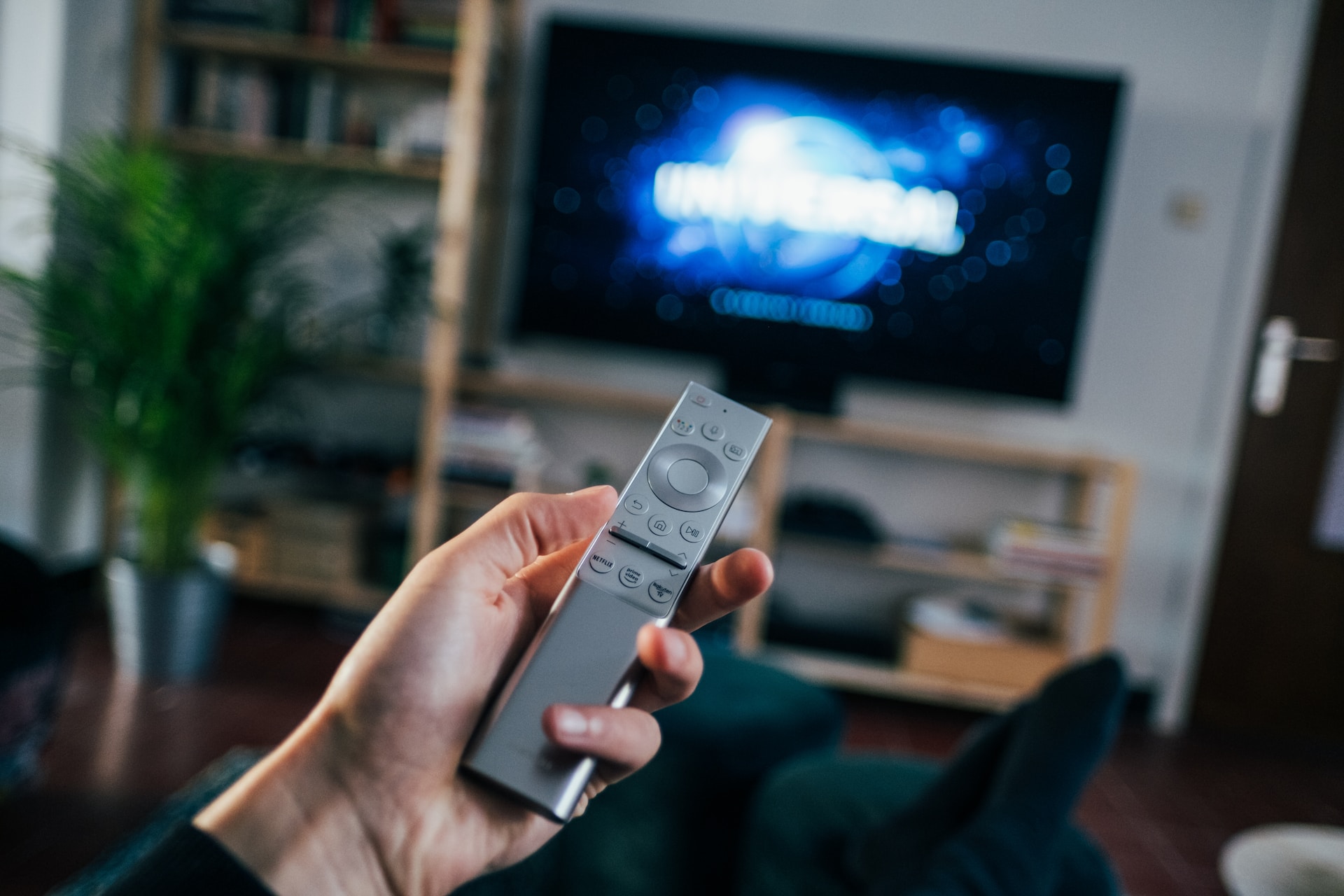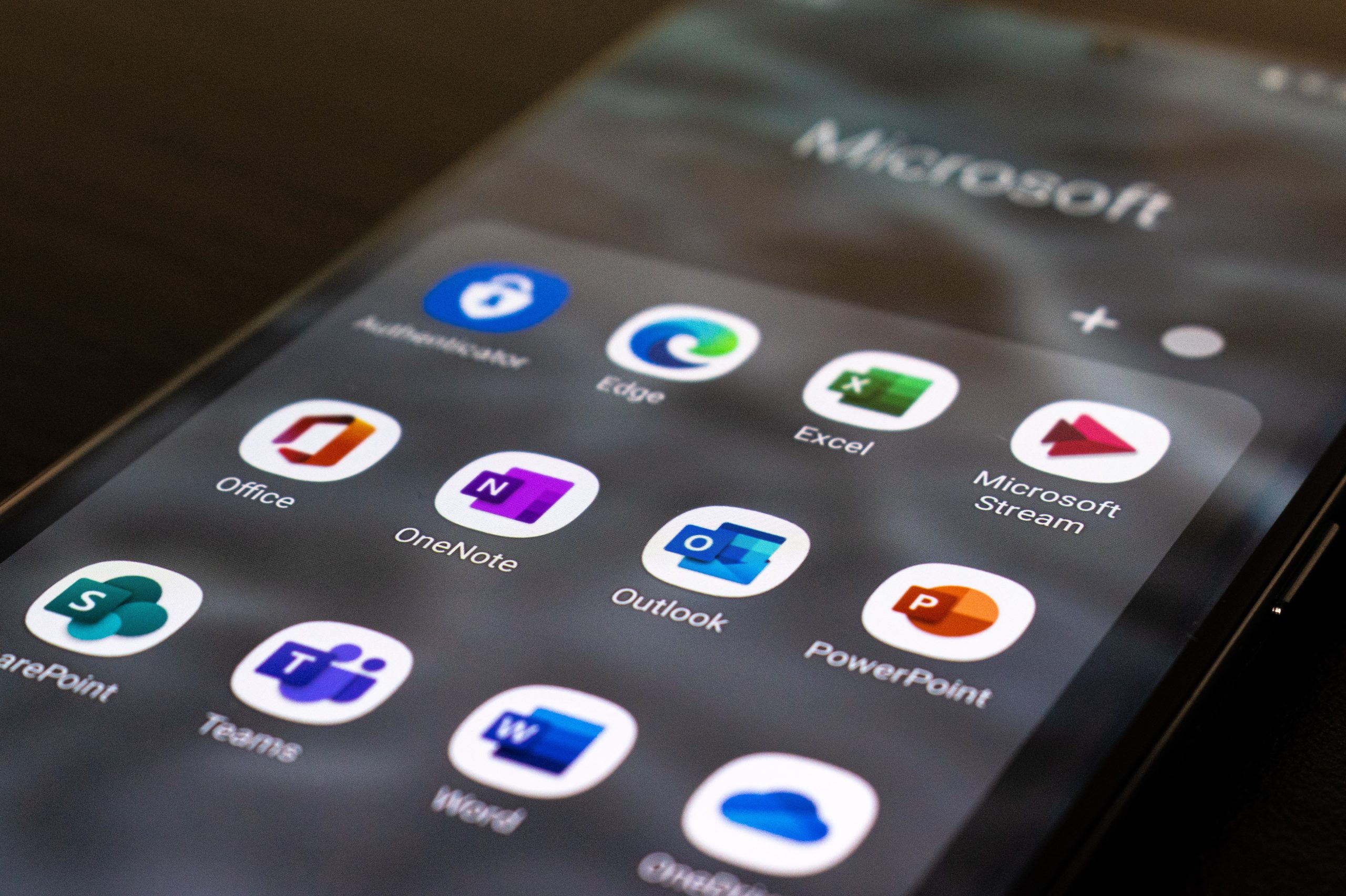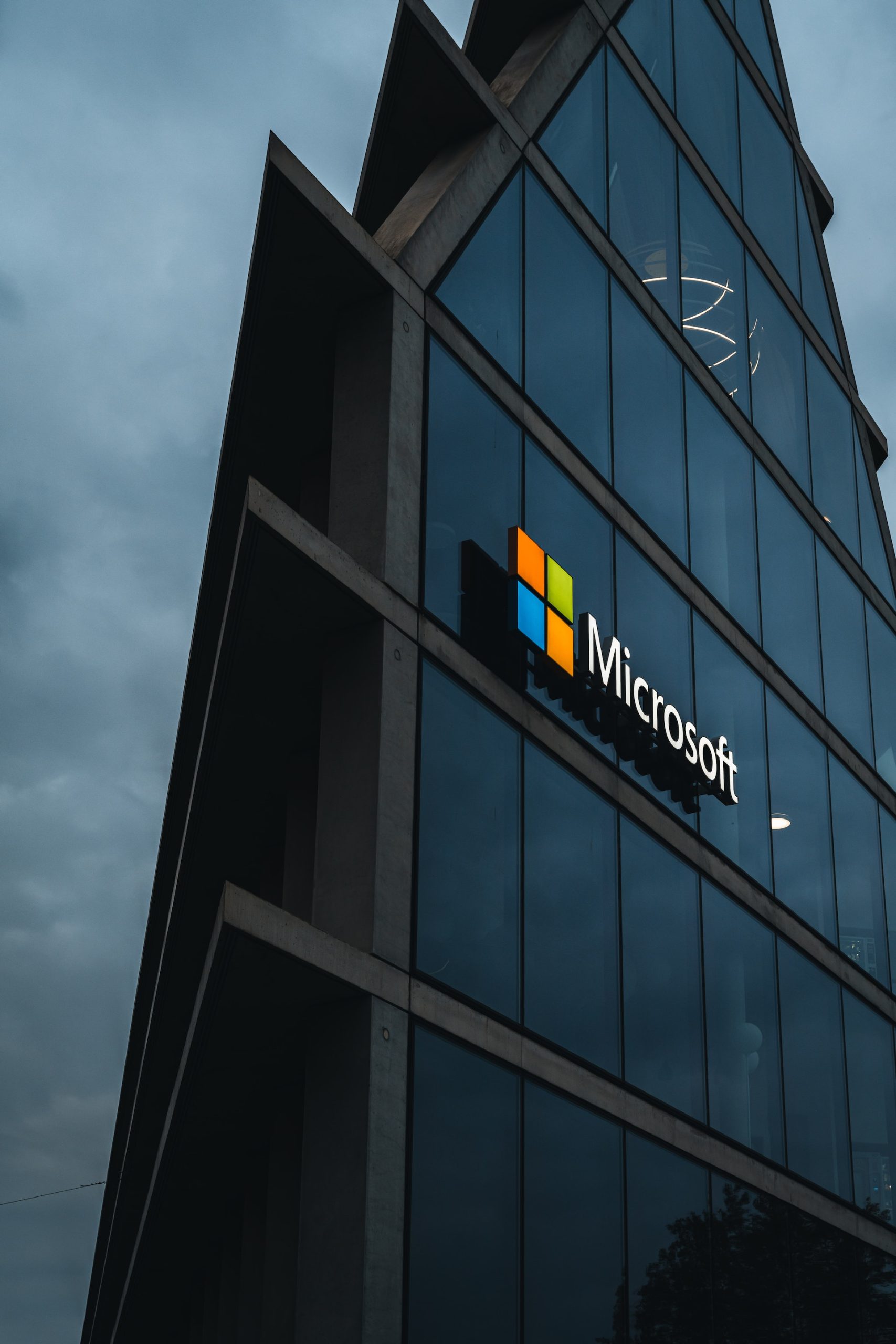In America, access to quality healthcare has been a persistent issue for millions of people. From high costs and limited coverage to geographical barriers and long wait times, the obstacles seem insurmountable at times. But with innovative healthcare solutions emerging every day, there’s hope that these barriers can be broken down once and for all. In this post, we’ll explore some of the most promising efforts being made in addressing access issues across the country – from telemedicine to community health clinics – and how they’re changing the face of American healthcare. So buckle up, because we’re about to take a deep dive into one of today’s most pressing challenges!
What are some of the barriers to healthcare access in America?
There are a number of barriers to healthcare access in America. Some of these barriers are financial, such as the high cost of insurance or the cost of medical care itself. Other barriers are geographical, such as living in a rural area or having limited transportation options. There are also social barriers, such as language barriers or lack of knowledge about the healthcare system.
One of the biggest financial barriers to healthcare access is the high cost of insurance. In many cases, employers do not offer health insurance benefits, or the benefits they do offer are not affordable for employees. This leaves many people without any health coverage at all. Even for those who do have health insurance, rising premiums and deductibles can make it difficult to afford needed care.
Geographical barriers can make it difficult for people to access healthcare services. If you live in a rural area, you may have to travel long distances to see a doctor or get to a hospital. This can be especially difficult if you don’t have a car or if public transportation is not available in your area.
Social barriers can also make it hard for people to get the healthcare they need. Language barriers can prevent people from understanding their doctor’s instructions or from filling out paperwork correctly. Lack of knowledge about the healthcare system can make it difficult to navigate through the complex process of getting care.
How are innovative healthcare solutions addressing these barriers?
There are many innovative healthcare solutions addressing the barriers to access in America. One example is the use of telehealth, which is providing care at a distance using telecommunications technology. This can help patients who live in rural areas or who have transportation challenges.
Other solutions include the use of community health workers and lay health workers to provide education and outreach services in underserved communities. These workers can help connect patients with resources and navigate the complex healthcare system. In addition, mobile health clinics are bringing care directly to patients in underserved areas.
These are just a few examples of how innovative healthcare solutions are making a difference in the lives of those who face barriers to access. With continued effort and investment, these solutions can help close the gap in healthcare disparities in America.
What are some examples of these solutions?
Innovative healthcare solutions are addressing access issues in America by providing patients with greater access to care, improving the quality of care, and reducing the cost of care. Some examples of these solutions include:
1. Telehealth: Telehealth is a growing field that uses technology to provide healthcare services remotely. This can be done through video conferencing, phone calls, or even text messaging. This allows patients to receive care from specialists who may be located far away from them.
2. Community Health Centers: Community health centers provide primary and preventive care to underserved populations. They often offer sliding-scale fees based on income and provide a safety net for those who lack health insurance.
3. Hospital-Based Programs: Many hospitals are now offering programs that aim to improve access to care for underserved populations. These programs may provide free or reduced-cost care, transportation assistance, or language translation services.
Conclusion
Despite the complexity of the issues involved, there are innovative healthcare solutions that can address access problems in America. By breaking down social and economic barriers, these solutions create more equitable access to medical care for all citizens. As technologies continue to evolve and new programs are developed, we can move closer to an environment where everyone has equal access to quality healthcare irrespective of their socio-economic background or geographic location. It is up to us as a society to take steps towards addressing these barriers so that everyone has the opportunity to receive necessary health services when they need them most.









